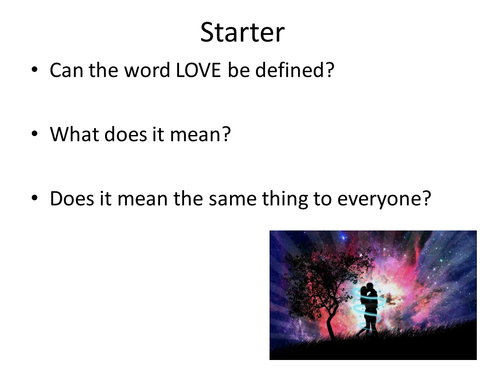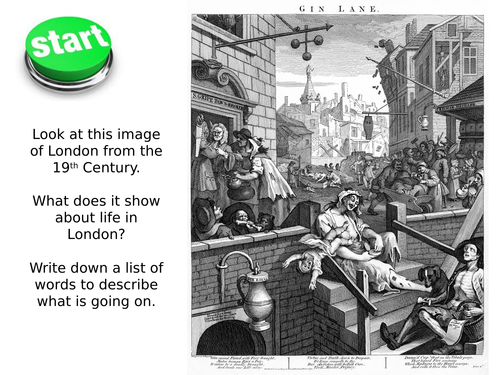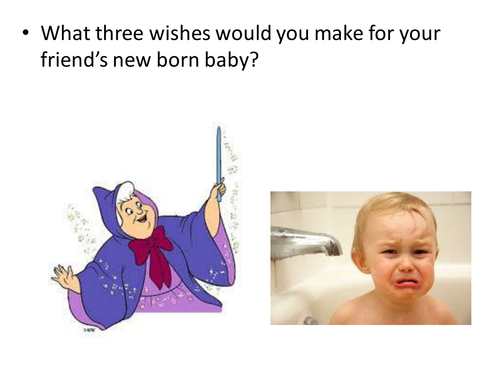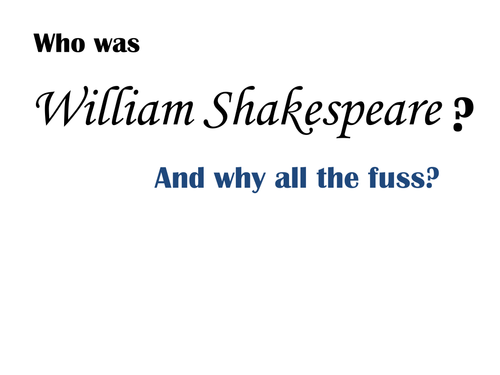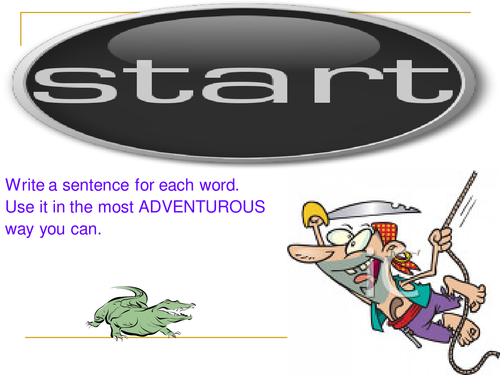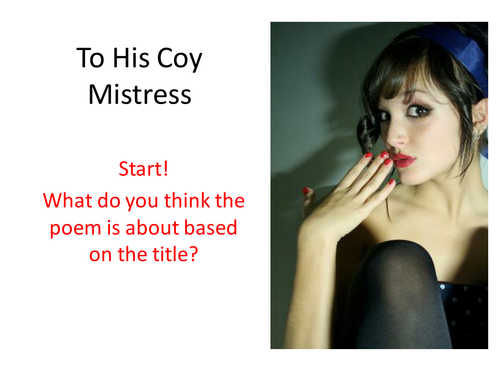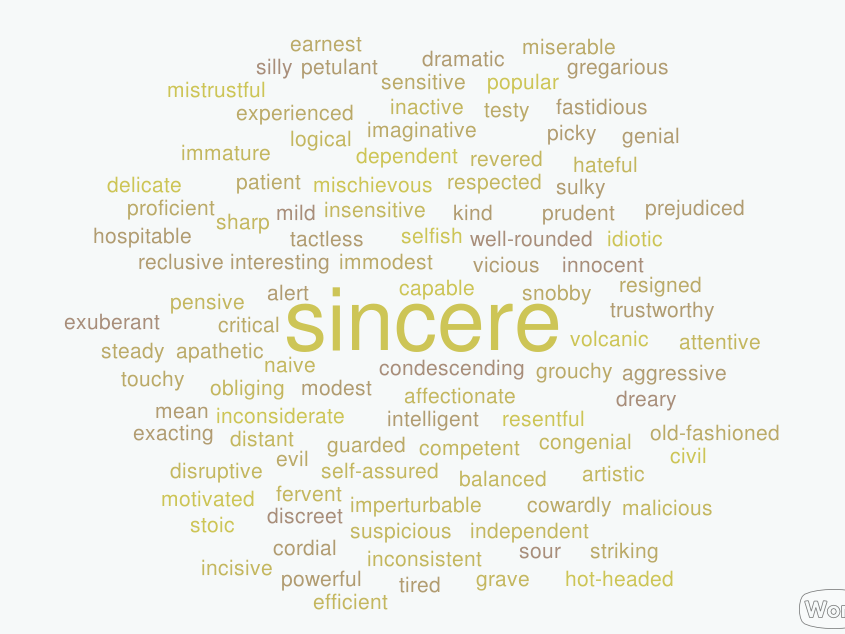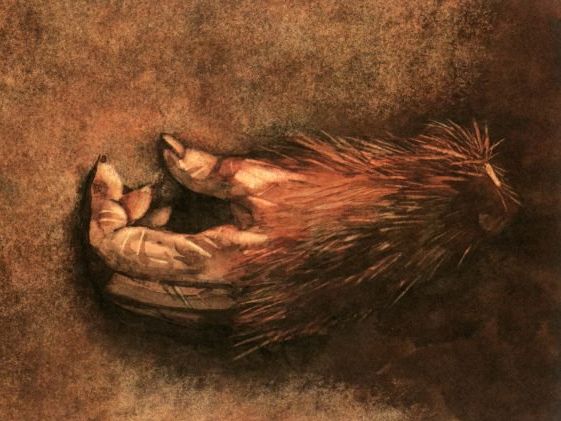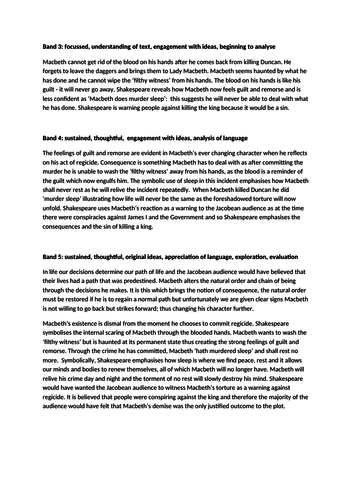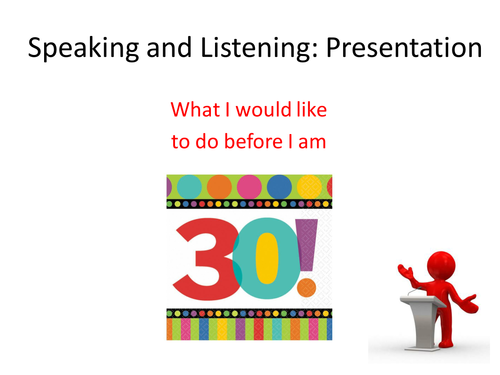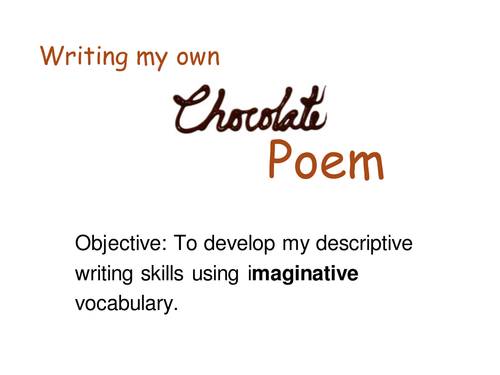
34Uploads
26k+Views
10k+Downloads
English

How to analyse a non-fiction text
A handy 2 page worksheet taking pupils through the steps of analysing any non-fiction text.

London by William Blake
A whole lesson in which pupils think independently about the connotations of vocabulary in William Blakes's London. Included: model response, self assessment, contextual information.

Born Yesterday
A lesson on the Phillip Larkin 'Born Yesterday' including word associations and analysis of key imagery and a discussion on the ideas in the poem.

An Introduction to Shakespeare
Includes: visual information on his life and times, the workings of Tudor/Jacobean theatre, and how to get to grips with Shakespeare's language.

Gothic/Ghost Story Vocabulary
Lots of words to help students write their own Gothic/ghost story.
Includes ambitious vocabulary such as 'lugubrious' to push higher attaining students and encourage students to think carefully about their vocabulary choices.

Writing descriptions/Writing to describe
A lesson on writing to describe. Includes criteria, model responses, AfL tasks, guided writing activity to allow students to progress.

The Monkey's Paw
A week’s worth of lessons on ‘The Monkey’s Paw’ with AQA English Langauge type questions.

Macbeth - three model paragraphs Band 3, 4, and 5.
The same point and quote written about in three different ways. Pupils highlight the differences to see what makes a top grade response.

What I would like to do before I am 30 - Speaking and Listening Presentation
Two lessons in which pupils firstly write out a presentation on what they would like to do/achieve before they turn 30, and then present their ideas to the class. Ideas to get them started are included, planning resources, ideas on how to structure their talk, and a self-assessment form.

Write your own chocolate poem!
A fun and challenging lesson in which pupils use sensory detail and imaginative vocabulary to create their own chocolate poem. Pupils will need a small chocolate bar for this lesson. Drag out the torture - they have to smell the chocolate, then describe it, a small bite, then describe it, and so forth.
I have done this many times before, and it has always gone down well. This is very good as a memorable Year 6 induction lesson, or a lesson on creative writing.

